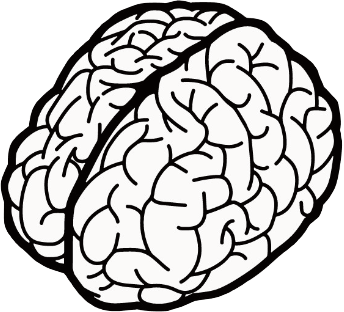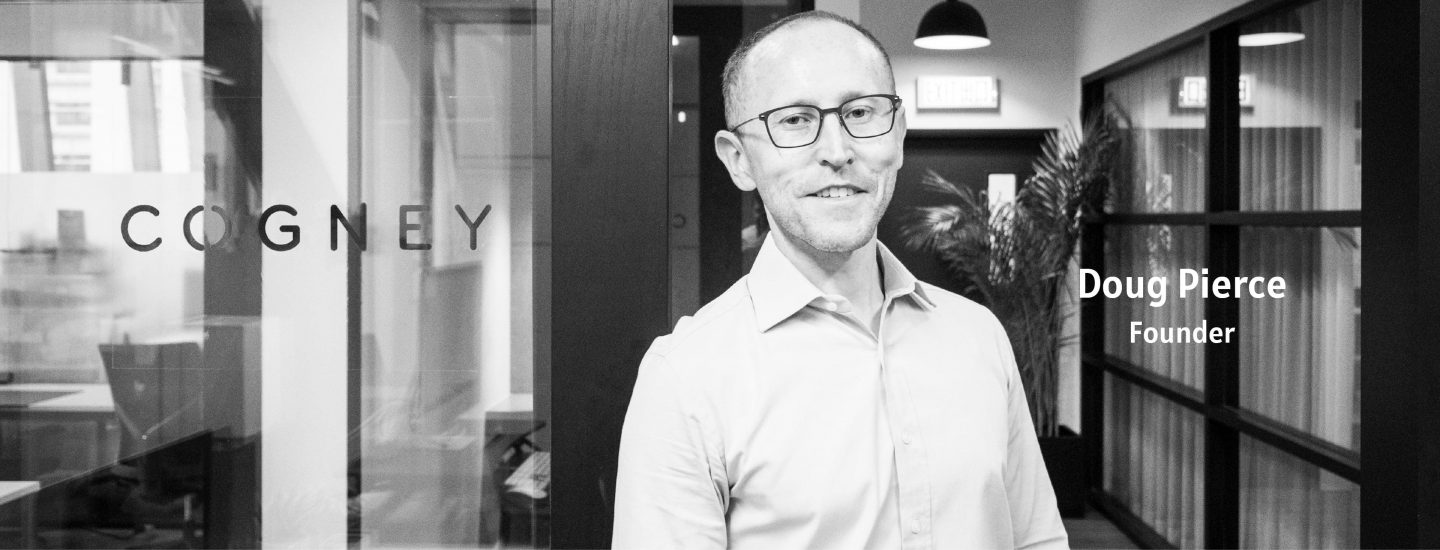Our Clients

















Lumosity
We rewrote the playbook on how the world’s best-known brain games company presented its content and games to Google and end-users.

HelloToby
Through a reclassification and restructuring of its taxonomy, Cogney made this online marketplace of personal services Hong Kong’s #1 go-to resource for booking tutors, manicures and the like.

Airbnb
Cogney overhauled the SEO strategy of Airbnb over two years by working closely with the company’s headquarters. "We saw huge lifts in traffic," said the Head of SEO.
Our insight

Latest blog post
I Built a Wish List in Squarespace
A feature Squarespace surprisingly doesn't have is wish lists. Until now.
Ready to drive more customers to your website?
Whether it’s a question or a quote, we’d love to connect. You’ll get a reply in less than a day.








